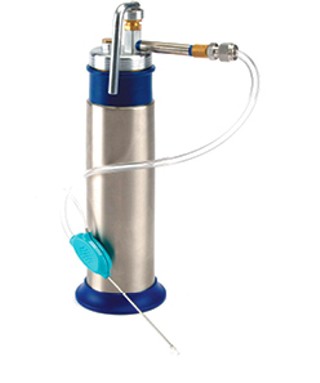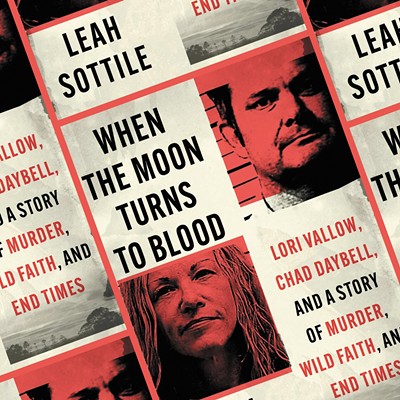For more than a decade, Joey Jones' life was overtaken by a deep, all-consuming shame. It was a shame that kept him from swimming or sunbathing. He avoided hugging people as they might feel the scars under his shirt.
At about age 18, Jones says he started to develop large raised scars resulting from the slightest nick in his skin — acne, vaccines, a small scratch. When he went to the gym, the thick scars, called keloids, would burn underneath his T-shirt. During hot weather, they would itch.
Keloids are a pretty common affliction, but they are "hard to treat," says Dr. Benjamin Hsu, a dermatologist at Northwest Dermatology in Spokane. "[Keloids are] basically a thick or overgrown scar."
The scars are mysterious. "Why it happens to some people, it's not really clear," Hsu says, adding that dermatologists have noticed that keloids tend to affect people with darker skin, and appear most often on the torso. "We're not sure why."
What is certain is that keloids can be traumatic. "This isn't just a cosmetic thing," says Jones. "It's the itch, the pain and the disfigurement and the emotion behind it."
Spokane Valley dermatologist Thomas Ryan agrees. "They're sensitive and tender, and you can't imagine what a bunch of keloids will do to a teenager's social life."
Treatment of the stubborn scars has generally involved freezing them with liquid nitrogen, cortisone injections, lasers and even radiation; but, according to Ryan, while many patients experience some degree of improvement, nothing has been all that successful. At Jones' urging, Ryan agreed to learn to perform intralesional cryotherapy. Instead of freezing the keloid from the surface, the technique involves using a probe through which liquid nitrogen flows, freezing the keloid from the inside out. In this way, the deeper, abnormal cells of the keloid can be destroyed, while leaving nearby skin intact.
"I was pleasantly surprised," by the treatment, says Ryan. "There hasn't been much you can do that produces much of an effect... It's at least as effective as anything else I've done, probably more so."

















